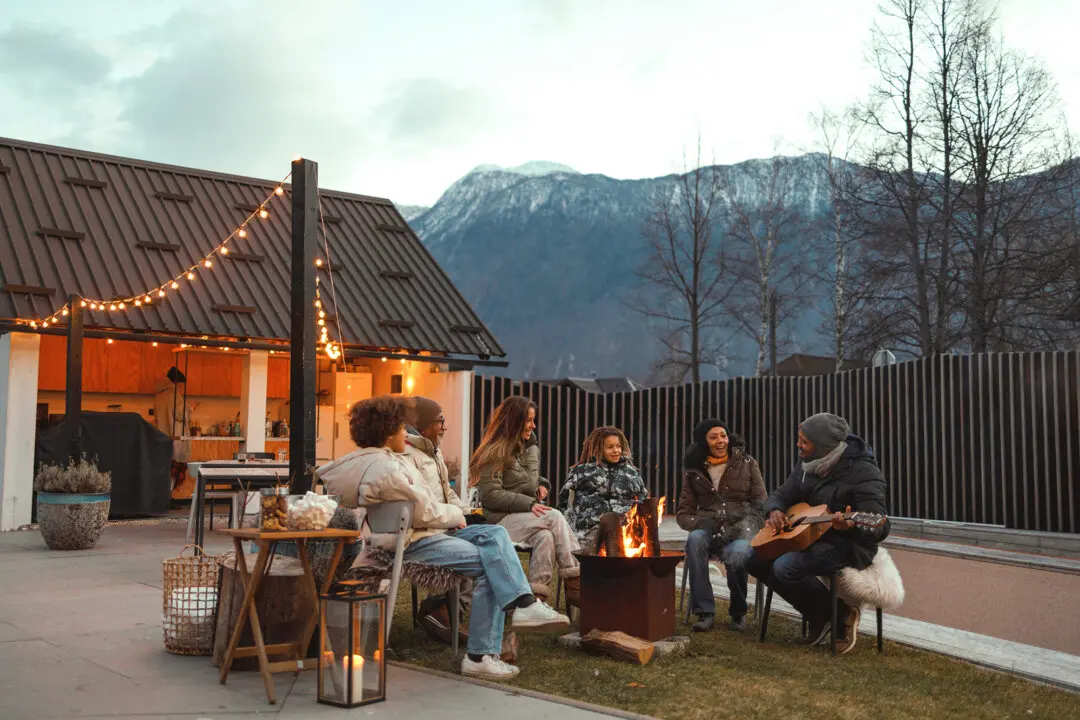In 1976, gardener Jim Kennard discovered the Mittleider gardening method and was blown away by the bountiful fruits and vegetables he reaped that year. His harvest was far more abundant than any of his previous crops. When he retired from a successful career as a certified public accountant, he founded and became the pro bono president of the Food for Everyone Foundation to share the Mittleider techniques with the world.
“Jacob Mittleider was a nursery plant wholesale grower in Loma Linda, California, for 19 years, during which time he became very successful, earning 11 plant patents and selling plants all the way to Louisiana,” Kennard said. “In 1963, he gave it up to devote his life to helping others.”





